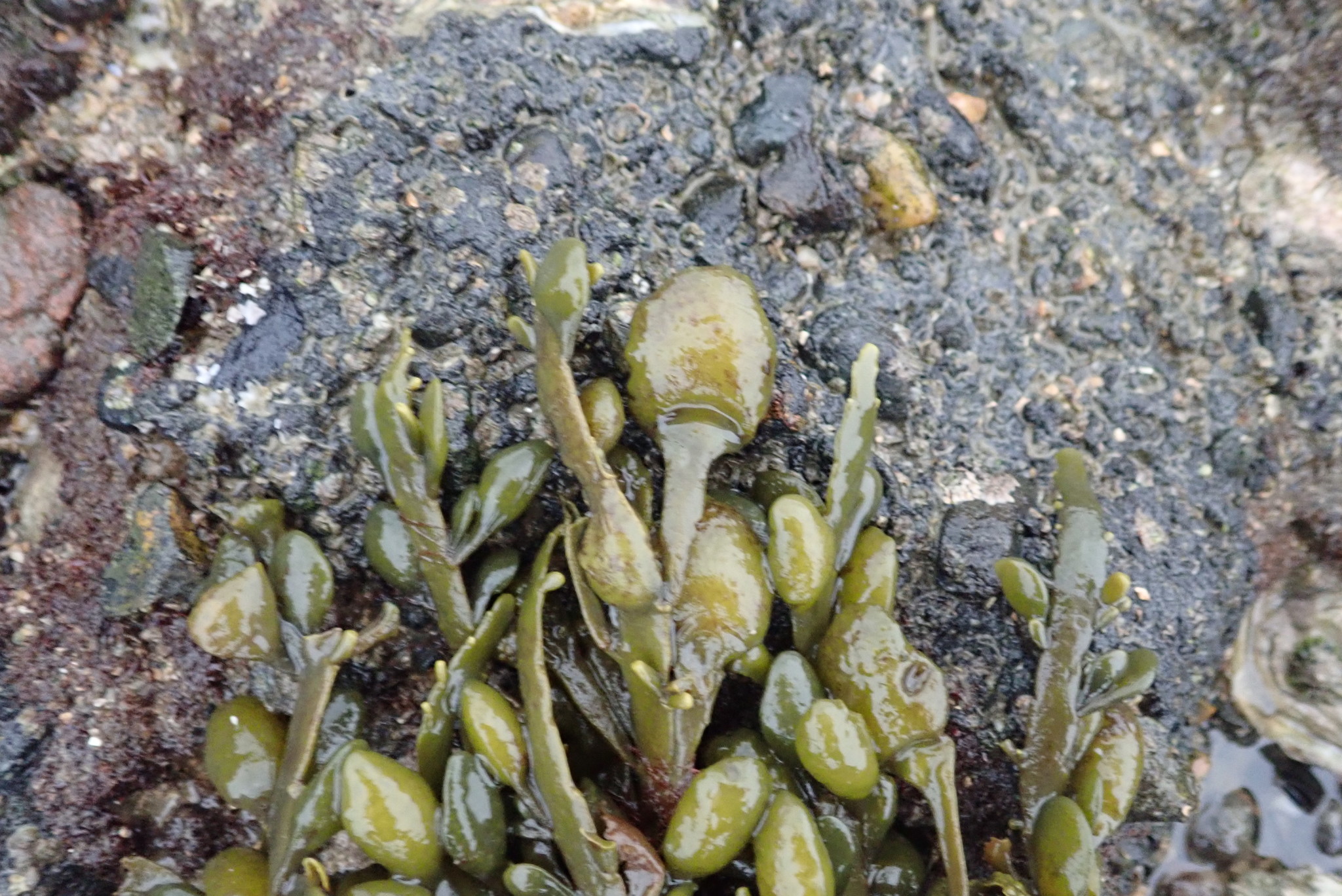|
Tetraphlorethol C
Tetraphlorethol C is a phlorethol-type phlorotannin found in the brown alga ''Ascophyllum nodosum''.Effects of phlorotannins from Ascophyllum nodosum (brown seaweed) on in vitro ruminal digestion of mixed forage or barley grain. Y. Wang, Z. Xu, S.J. Bach and T.A. McAllister, Animal Feed Science and Technology, 14 August 2008, Volume 145, Issues 1–4, Pages 375–395, chemically, it is a tetramer of 1,2,3,5-Tetrahydroxybenzene 1,2,3,5-Tetrahydroxybenzene is a benzenetetrol. It is a metabolite in the degradation of 3,4,5-trihydroxybenzoate (gallic acid) by '' Eubacterium oxidoreducens''. The enzyme pyrogallol hydroxytransferase uses 1,2,3,5-tetrahydroxybenzene and 1, ... References Phlorotannins Natural phenol tetramers {{aromatic-stub ... [...More Info...] [...Related Items...] OR: [Wikipedia] [Google] [Baidu] |
|
|
Phlorotannin
Phlorotannins are a type of tannins found in brown algae such as kelps and rockweeds or sargassacean species, and in a lower amount also in some red algae. Contrary to hydrolysable or condensed tannins, these compounds are oligomers of phloroglucinol (polyphloroglucinols). As they are called tannins, they have the ability to precipitate proteins. It has been noticed that some phlorotannins have the ability to oxidize and form covalent bonds with some proteins. In contrast, under similar experimental conditions three types of terrestrial tannins (procyanidins, profisetinidins, and gallotannins) apparently did not form covalent complexes with proteins. These phenolic compounds are integral structural components of cell walls in brown algae, but they also seem to play many other secondary ecological roles such as protection from UV radiation and defense against grazing. Biosynthesis and localization Most of the phlorotannins' biosynthesis is still unknown, but it appears they ... [...More Info...] [...Related Items...] OR: [Wikipedia] [Google] [Baidu] |
|
 |
Ascophyllum Nodosum
''Ascophyllum nodosum'' is a large, common cold water seaweed or brown alga ( Phaeophyceae) in the family Fucaceae, being the only species in the genus ''Ascophyllum''. It is a seaweed that only grows in the northern Atlantic Ocean, also known in localities as feamainn bhuí, rockweed, Norwegian kelp, knotted kelp, knotted wrack or egg wrack. It is common on the north-western coast of Europe (from the White Sea to Portugal) including east Greenland and the north-eastern coast of North America, its range further south of these latitudes being limited by warmer ocean waters. Description ''Ascophyllum nodosum'' has long tough and leathery fronds,Bunker, F.StP., Maggs, C.A., Brodie, J.A. and Bunker, J.A. 2017. ''Seaweeds of Britain and Ireland.'' Second Edition. Wild Nature Press, Plymouth, UK. irregularly dichotomously branched fronds with large, egg-shaped air bladders set in series at regular intervals along the fronds and not stalked. The fronds can reach 2 m in length a ... [...More Info...] [...Related Items...] OR: [Wikipedia] [Google] [Baidu] |
|
1,2,3,5-Tetrahydroxybenzene
1,2,3,5-Tetrahydroxybenzene is a benzenetetrol. It is a metabolite in the degradation of 3,4,5-trihydroxybenzoate (gallic acid) by '' Eubacterium oxidoreducens''. The enzyme pyrogallol hydroxytransferase uses 1,2,3,5-tetrahydroxybenzene and 1,2,3-trihydroxybenzene (pyrogallol), whereas its two products are 1,3,5-trihydroxybenzene (phloroglucinol) and 1,2,3,5-tetrahydroxybenzene. at www.uniprot.org See also *Trihydroxybenzenes The trihydroxybenzenes (or benzenetriols) are organic compounds with the formula C6H3(OH)3. Also classified as polyphenols, they feature three hydroxyl groups substituted onto a benzene ring. They are white so ...
[...More Info...] [...Related Items...] OR: [Wikipedia] [Google] [Baidu] |
|
 |
Phlorotannins
Phlorotannins are a type of tannins found in brown algae such as kelps and rockweeds or sargassacean species, and in a lower amount also in some red algae. Contrary to hydrolysable or condensed tannins, these compounds are oligomers of phloroglucinol (polyphloroglucinols). As they are called tannins, they have the ability to precipitate proteins. It has been noticed that some phlorotannins have the ability to oxidize and form covalent bonds with some proteins. In contrast, under similar experimental conditions three types of terrestrial tannins (procyanidins, profisetinidins, and gallotannins) apparently did not form covalent complexes with proteins. These phenolic compounds are integral structural components of cell walls in brown algae, but they also seem to play many other secondary ecological roles such as protection from UV radiation and defense against grazing. Biosynthesis and localization Most of the phlorotannins' biosynthesis is still unknown, but it appears they ar ... [...More Info...] [...Related Items...] OR: [Wikipedia] [Google] [Baidu] |